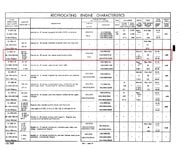MIflyer
1st Lieutenant
Don't know where I got this, or why it is in the language it uses.
I've always thought it looked like a Zero.


And just for comparison, I've attached something else.

I've always thought it looked like a Zero.
And just for comparison, I've attached something else.

